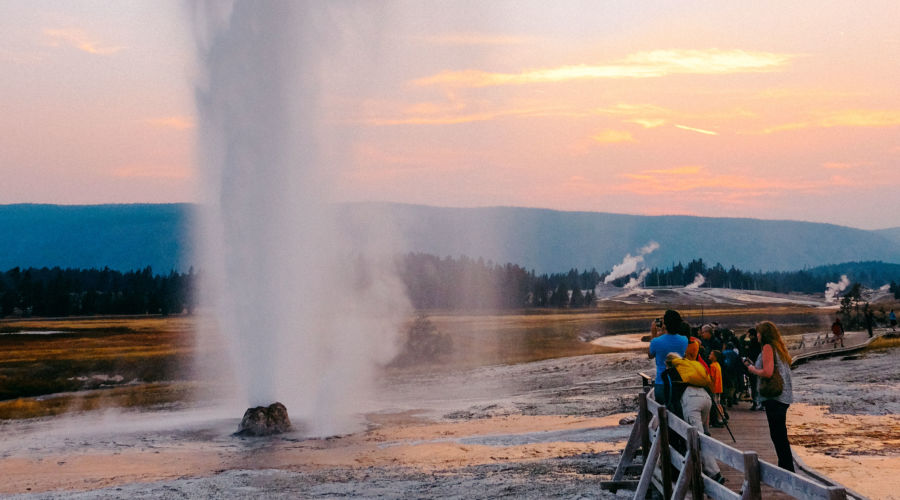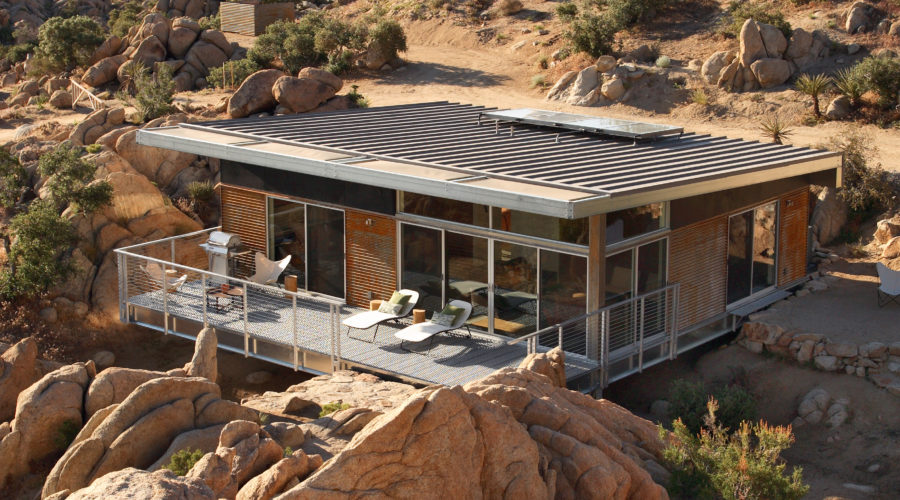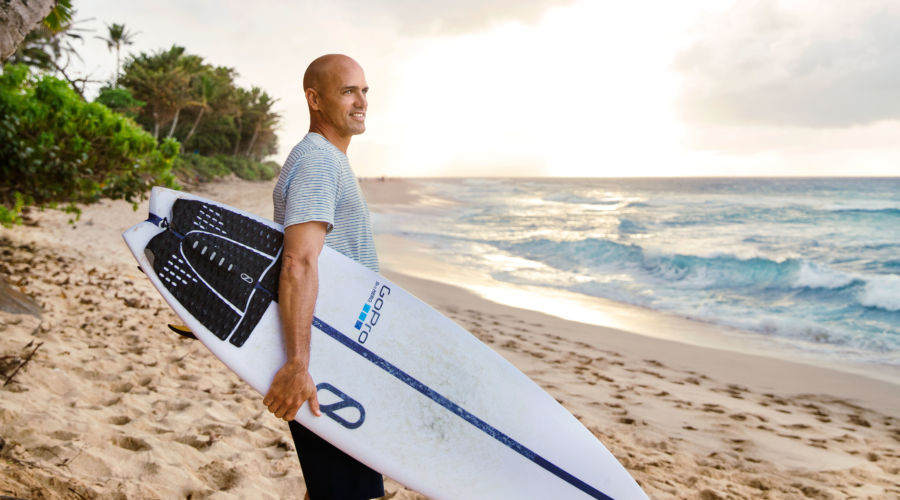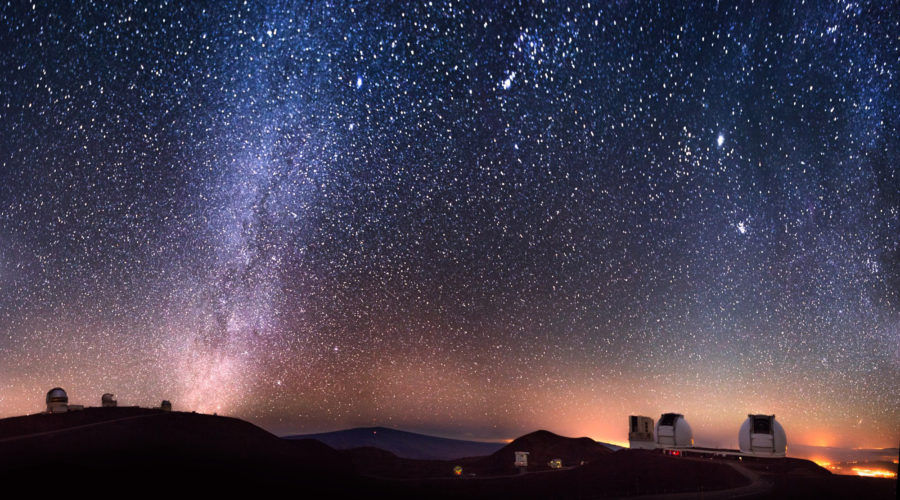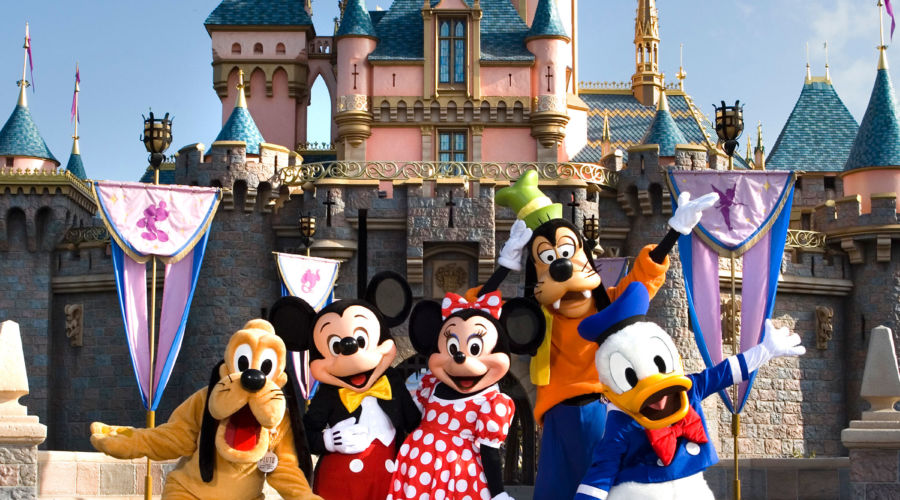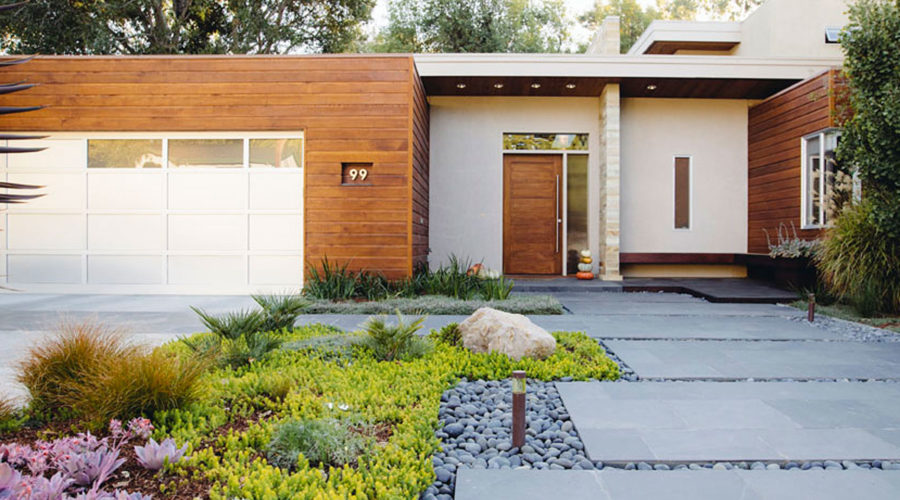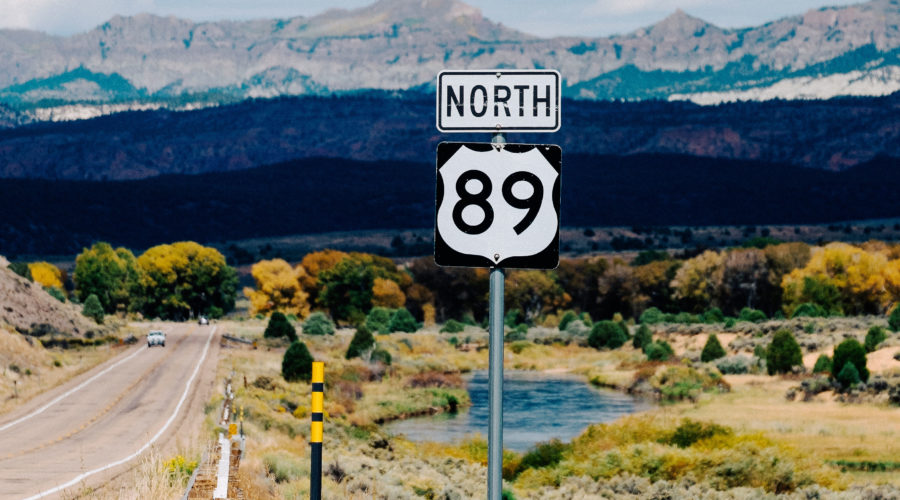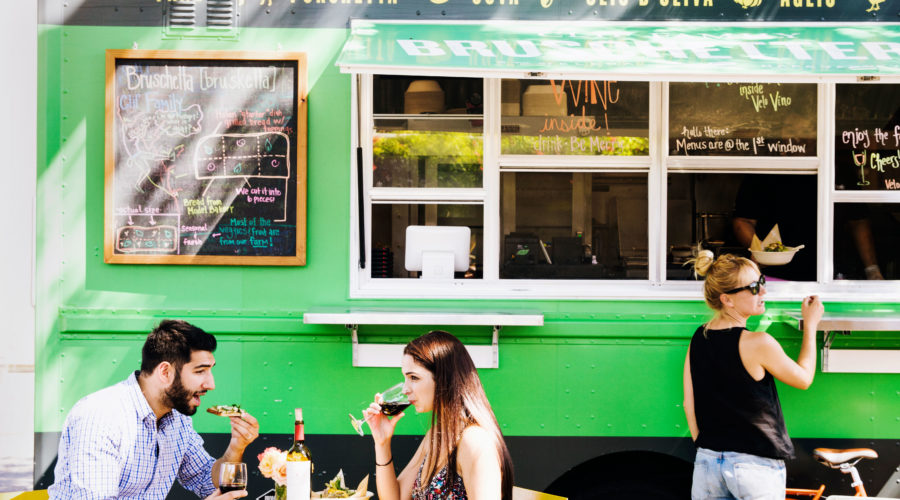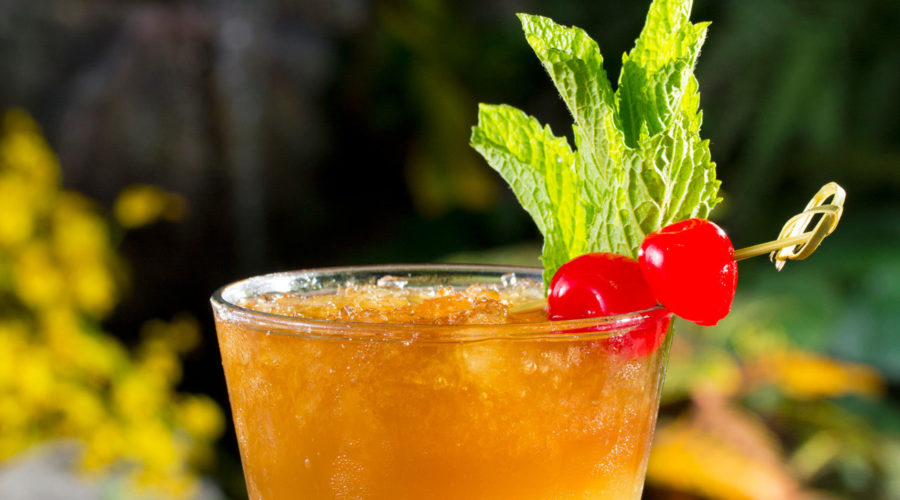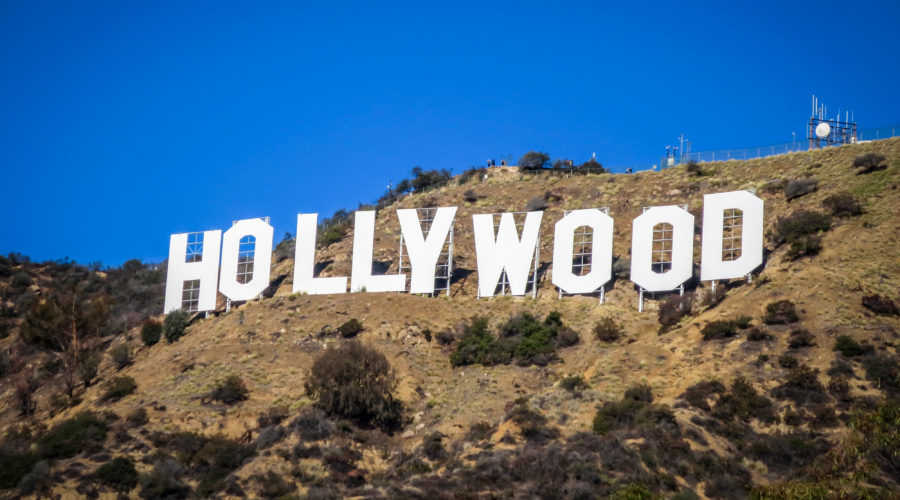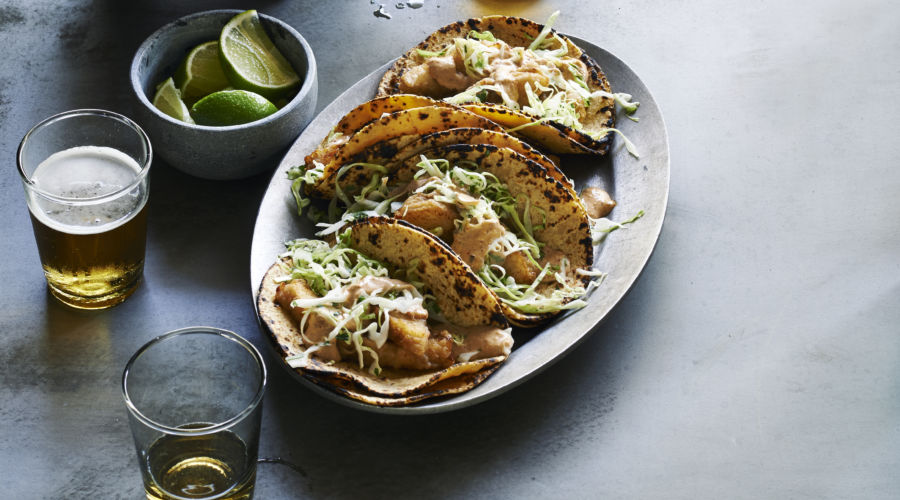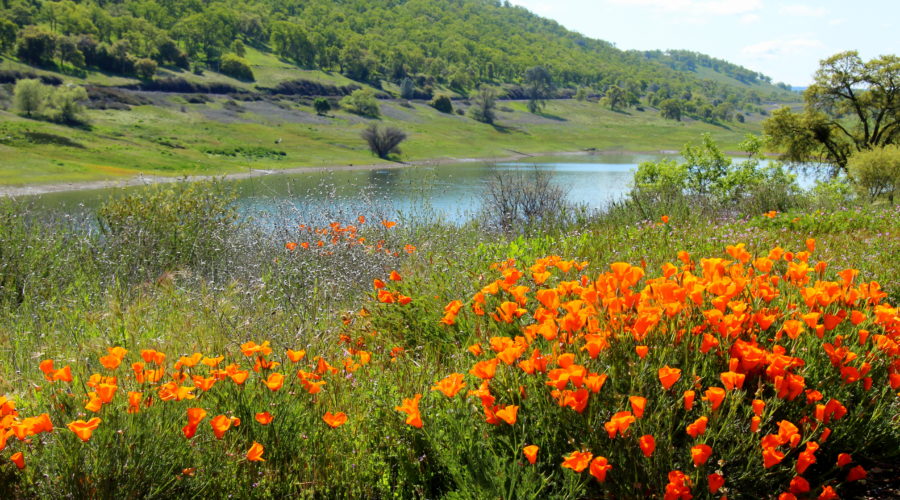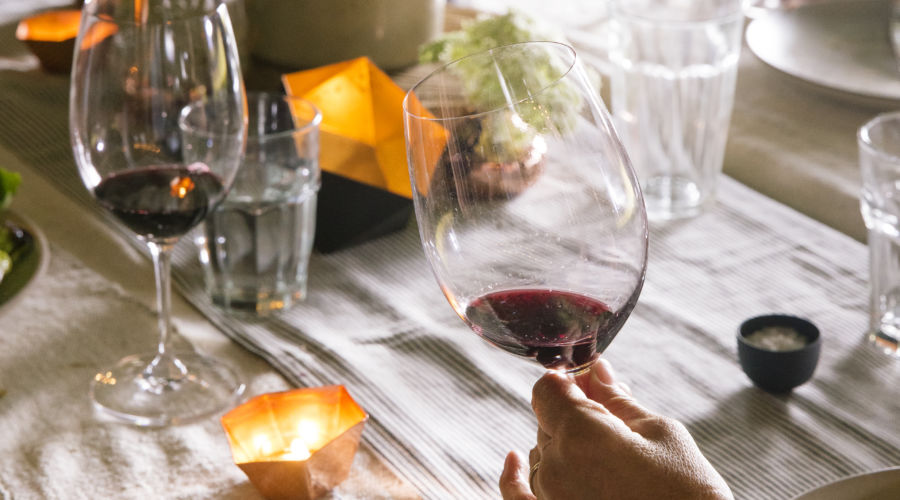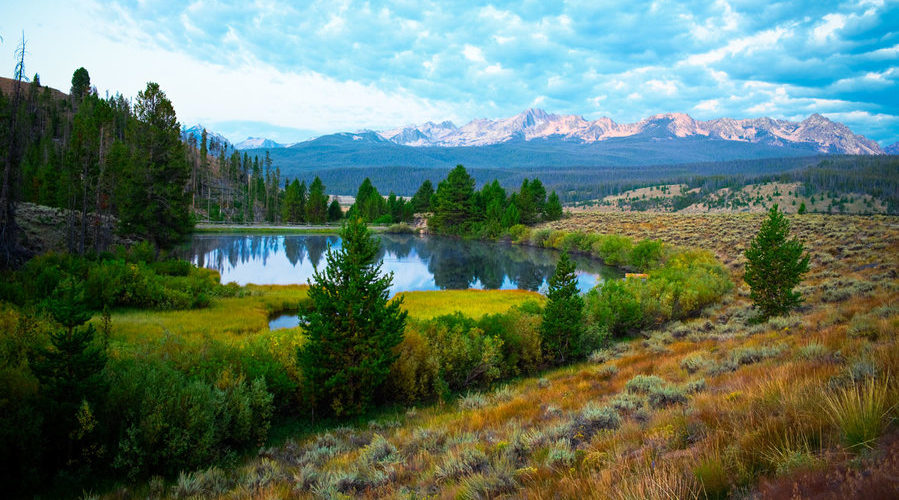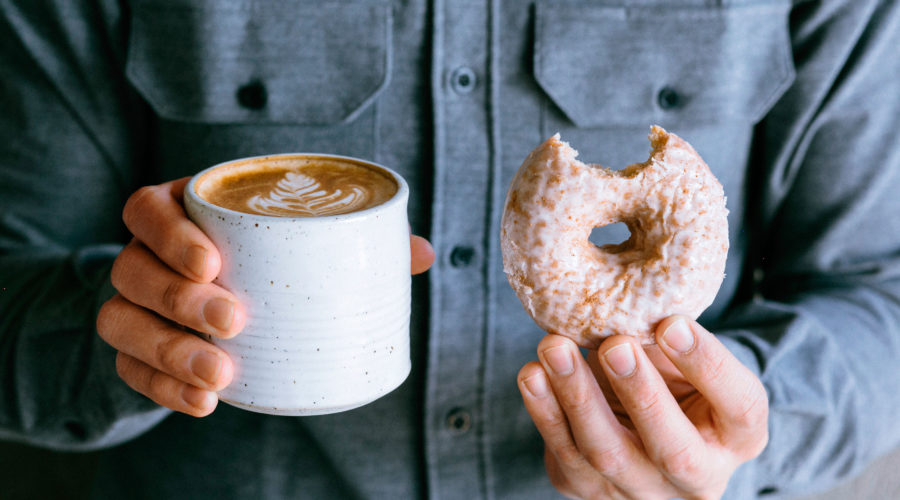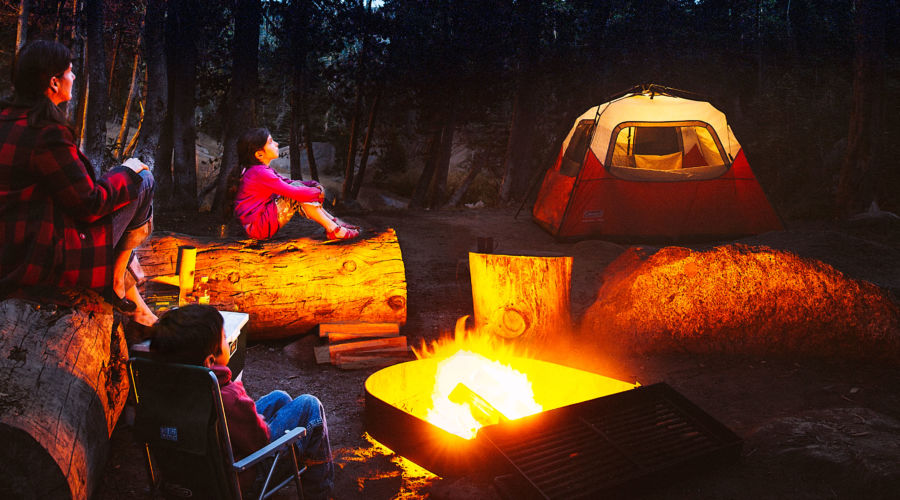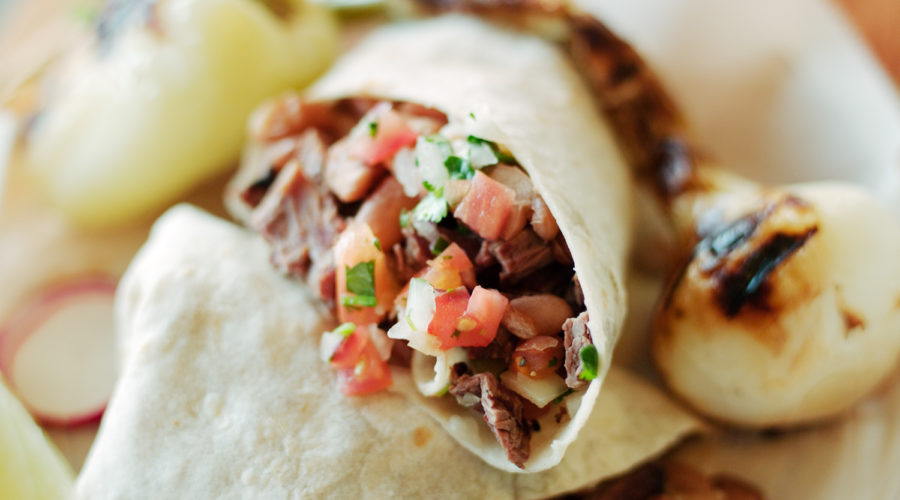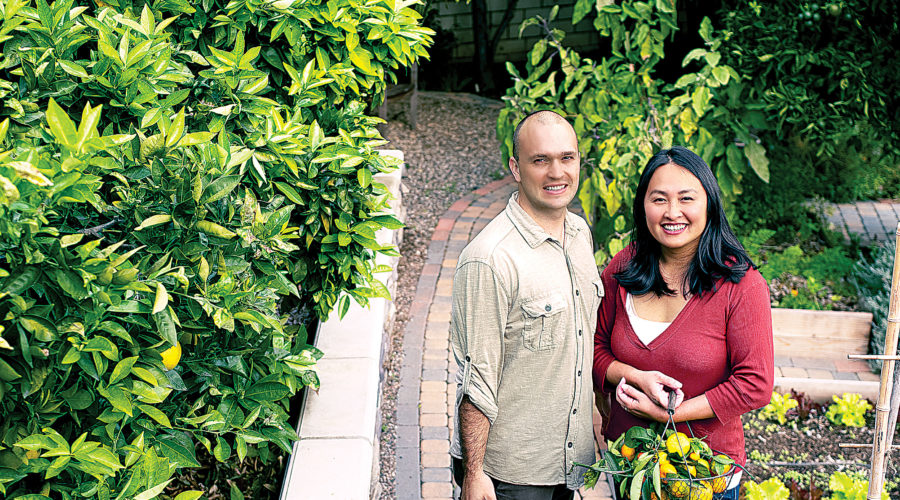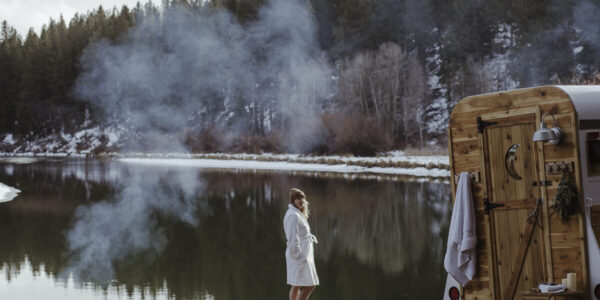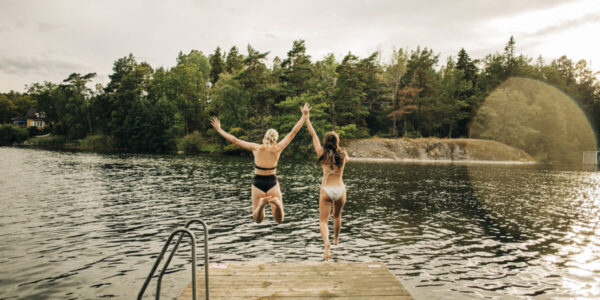Thomas J. Story
The National Park
On March 1, 1872, President Ulysses. S. Grant established Yellowstone as America’s first national park—3,472 square miles of geysers, hot springs, waterfalls, elk, bison, and bears. Today the National Park System comprises 60 wonders, 40 of them in the West.
Courtesy of o2 Architecture
Solar Power
Solar power was born in the West—Sunset wrote about it back in 1903–and today we reign as the world’s sun king. The U.S.’ largest solar power station, 579-megawatt Solar Star, spreads across California’s Antelope Valley. Other shining giants include the 550-megawatt Topaz Solar Farm in San Luis Obispo County and Copper Mountain Solar near Las Vegas.
Getty Images / Westend61
The Avocado
Ordering avocado toast? Give thanks to Southern California mailman Rudolph Hass. In 1926, he planted a few seedlings of the Mexican native fruit and ended up with a new variety of avocado tree—one that produced unusually rich, tasty fruit. Today, the Hass avocado accounts for 80% of avocados grown world-wide and 95% of those grown in California, the U.S.’ leading producer.
Erin Kunkel
Surfing
Banzai Pipeline, Black’s Beach, Mavericks. There’s a reason the world’s most famous surf spots are here in the West. We invented the sport. Native Hawaiians surfed for centuries, but it took surf god Duke Kahanamoku to bring surfing to California in 1912. From then on it was cowabunga all the way: Beach Boys, Point Break, Laird Hamilton, and in 2018 Kelly Slater’s Surf Ranch Pro churning up mega man-made waves in landlocked Lemoore, California.
Courtesy of W.M. Keck Observatory, Andrew Richard Hara
Outer Space, out West
To really see the universe, you need tall mountaintops and clear air. That’s why for a century-plus the West has been home to the world’s most powerful observatories, from California’s Palomar (which discovered quasars) to Flagstaff’s Lowell (which discovered Pluto) to Tucson’s Kitt Peak (which helped discover dark matter). Today the 13 scopes atop Hawaii’s Mauna Kea (pictured) comprise the largest observatory on planet Earth.
Courtesy of Disneyland
The Theme Park
Once upon a time, amusement parks were dirty, creaky, and even a little creepy. Cartoon king Walt Disney dreamed of a park so magical it would become its own self-contained world. When he opened California’s Disneyland on July 17, 1955, he got his wish. The theme park universe—the Disney Worlds, the Universal Studios, and more—was born here in the Happiest Place on Earth.
Thomas J. Story
Gardens for a Warmer Planet
Hotter. Drier. More fire-prone. As our landscapes adjust to this new normal, the West is creating smart, beautiful gardens that thrive in these conditions. San Francisco’s iconic Flora Grubb has garnered nationwide acclaim for striking landscapes using little water or chemicals. Public institutions like Phoenix’s Desert Botanical Garden share xeriscape expertise with homeowners across the Southwest. Fire-resistant hardscaping and plantings are finding their way into home gardens beyond the desert.
Thomas J. Story
The Road Trip
Yeah, other parts of the country have roads and road trips. But it took the West to perfect them, with fabled strips of blacktop like the southwest’s Route 66, California’s Highway 1, and that Montana-to-Arizona National Park-palooza thoroughfare, U.S. Highway 89. Jack Kerouac, John Steinbeck, Thelma and Louise—these Western travelers lifted the American road trip from vacation to legend.
Thomas J. Story
Mid-Century Modern Style
They’re both spacious, sun-splashed, and not afraid to break with tradition: the West and mid-century modern design were made for each other. From Los Angeles’ 1940s Case Study Houses to Charles and Ray Eames’ sleek furniture to the Bay Area’s Eichlers, these iconic designs announced that in the West, the future was now.
Eva Kolenko
The Gourmet Food Truck
Just where the new wave of gastronomic temples on wheels first appeared is subject to debate. Portland claims them: they started showing up around downtown in the late 1990s. But, then, so does L.A., where Roy Choi and his Kogi BBQ truck rolled onto the scene in the following decade. Wherever they hail from, the fact remains: the West’s passion for vehicles and good food changed the way America eats.
Thomas J. Story
The Mai Tai
Rum, lime juice, orange liqueur, a little orgeat syrup. Stir them up, take a sip, and suddenly you’re relaxing on some tranquil beach on Maui. Such is the power of the mai tai, the potent tropical cocktail devised in the late 1940s by Vic Bergeron for his Trader Vic’s restaurant in Oakland. The mai tai remains the star of the tiki bar, wowing na kane and na wahine from Wakiki’s House Without a Key to SF’s Smuggler’s Cove.
Getty Images / rodolfo_salgado
The Movies
There’s a reason the film industry was called La La Land—not NY Land. American movie-making got its start in the northeast, but by the early 1900s aspiring directors like Cecil B. DeMille realized that Southern California had more film-friendly reliable sunshine than did Manhattan. DeMille’s 1914 Western, The Squaw Man, was the first feature-length film shot entirely in L.A.; countless more—the good, the bad, the Oscar-worthy—would follow.
Peden & Munk
The Fish Taco
Legend has it that this irresistible combo of fish, tortilla, sauce, salsa, and lime was born on the beaches of Baja California. Soon-to-be taco tycoon Ralph Rubio brought the delicacy to San Diego in the 1980s–and from there it took over the world, headlining Taco Tuesdays from Mission Beach to Bali.
Creative Commons photo by Isolino Ferreira is licensed under CC BY 2.0
Gold
January 1848. A guy named James Marshall sees a glint in the American River above Sacramento, and everything changes. The California Gold Rush sparked one of the largest migrations of people in American history; within five years miners had pulled an estimated $15 billion worth of gold from the Sierra Nevada foothills. From that January day and continuing to the present, the world knew the West was worth the trouble to get to.
Erin Kunkel
Wine
The West is America’s sommelier. Franciscan brothers brought Mission grapes to California back in the 1700s, and pioneering winemakers produced good vintages for a century after that. But it took 1976’s fabled Judgment of Paris—where California wines scored higher than France’s—to prove that in every way the West’s wines are world-class.
Creative Commons photo by Patrick Nouhailler is licensed under CC BY 2.0
Silicon Valley
Hewlett, Packard, Steve Jobs, Mark Zuckerberg, Larry Page, and Sergey Brin. They were and are the most famous and most powerful nerds in the world. What lured these geniuses to the swath of land between San Francisco and San Jose? Sunshine? Stanford? Burritos? Whatever it was, it’s made the Valley the innovation capital of the 21st century.
Gracie Malley/Cannabis Now
Legalized Pot
The West has led the way in lawful weed, with Colorado and Washington legalizing recreational marijuana in 2012, shortly followed by Oregon, Nevada, Alaska, and California. (Arizona, Hawaii, Montana, and New Mexico allow medical marijuana use.) Now with marijuana- and CBD-infused foods, coffee, and beauty and wellness products, the question is: Is cannabis the new kale?
Thomas J. Story
The Environmental Movement
Legendary naturalist John Muir helped found the nation’s flagship conservation organization, the Sierra Club, in San Francisco in 1892. It would be joined by groups like Friends of the River, the Surfrider Foundation, and Trust for Public Land, doing battle over dams, beaches, wolves and bears, and climate change. Because the Western wilderness is worth a fight.
Tawny Alipoon
Coffee
Long ago, in the Dark Ages, Americans gulped coffee that was pitifully weak or produced from crunchy brown powder. Then West Coast bean barons like Berkeley’s Alfred Peet and Seattle’s Howard Schultz began brewing coffee you could drink not just as a habit but as a joy. They would be followed by Philz and Blue Bottle and Corvus, and now you can grab a decent espresso from Kauai to Kennebunkport. You’re welcome, America.
Thomas J. Story
Camping
Sleeping under the stars of Great Basin N.P. or on an Oregon beach is an unparalleled experience. No wonder industry stats show Westerners are the nation’s most enthusiastic campers. Or that outdoors titans like REI and Patagonia and North Face are headquartered here. If you like roughing it not too rough, we’re the capital of glamping, too—because the Western outdoors has room for us all.
Thomas J. Story
The Burrito
Rice or no rice? Refried or black beans? No delicacy generates more heated arguments than the burrito. That’s because we fight about the things we love. A Northern Mexico native, the burrito migrated to Southern California by the 1930s then swept across the West and the nation. Portable, delicious, easily customized—it’s the perfect meal for all occasions, breakfast to midnight snack.
Andrea Gómez Romero
Fruitopia
The stats don’t lie. No West, no fruit. California grows half the nation’s peaches and nearly 90% of the strawberries, while Washington grows 60% of America’s apples. Even better, home gardeners can easily get in on the bounty by growing specialized varieties like Meyer lemons, blood oranges, and Chehalis apples. It’s all possible here.
